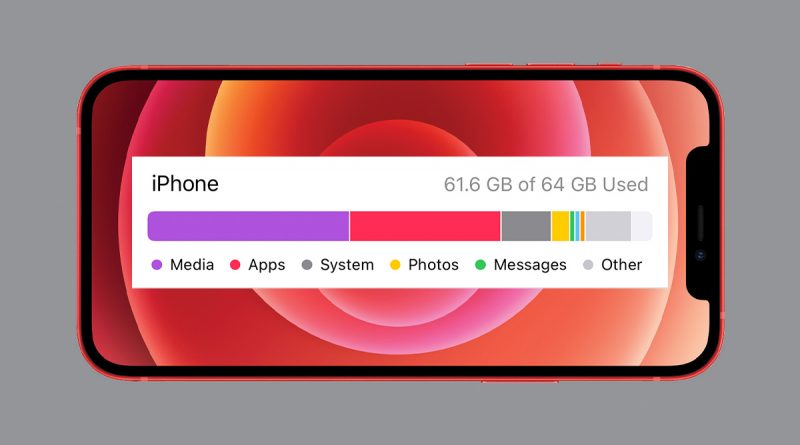How to free up space on your iPhone
Not having enough space left on an iPhone for an iOS update, a new video project or a particularly large app or game is a problem most of us run into from time to time, but there are a few ways to get around it. So, if you’re asking “How do I free up space on my iPhone?” here are five of the easiest ways to do it.
Note 1: While we’ve written this for the iPhone, the processes are exactly the same for an iPad.
Note 2: We strongly recommend backing up your iPhone or making sure you have an up-to-date backup before taking any of these steps.
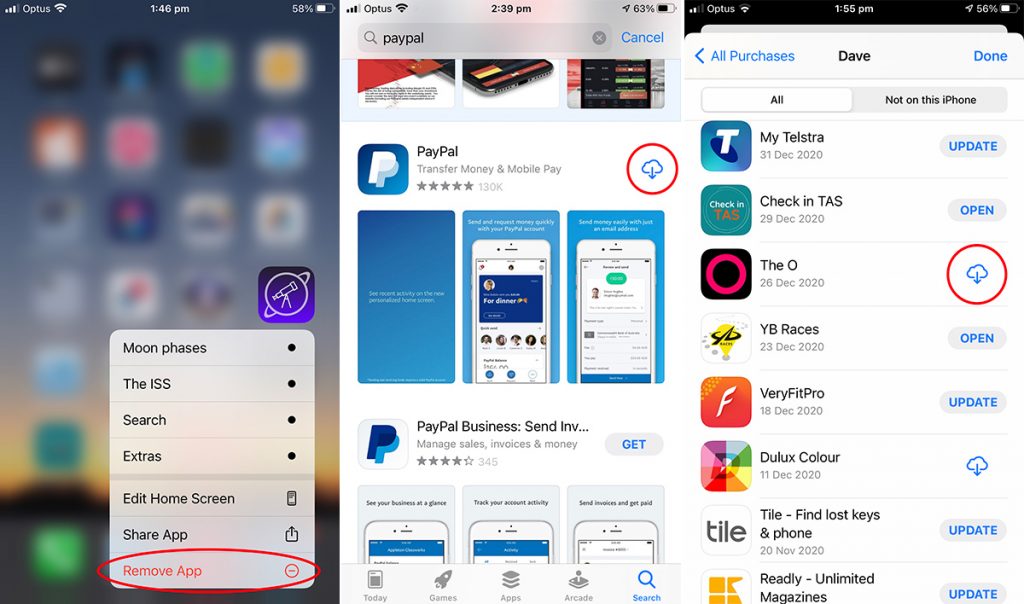
1. Get rid of your unused apps
Admit it – you have some apps on your phone that you’ve downloaded, used once or twice and never looked at again. So, start off your quest for more space by looking though all your screens and folders to identify these apps.
Once you’ve found one, press and hold on the icon and you’ll see a pop-up menu. On most apps this will have three options – Edit Home Screen, Spare App and Remove App (in red). Some, like Pocket Universe in the screenshot, will have extended menus, but they will all have these three basic options.
Click on Remove App and you’ll see a confirmation dialogue asking if this is really something you’d like to do. If you’ve got this far, yes, it is. Don’t get cold feet.
Top Tip: If you change your mind about having an app on your phone you can easily reinstall it by going to the App Store and searching for the app. Any apps you’ve previously bought will have an icon of a cloud with a downward arrow instead of a button saying Get or Open. Just click on the cloud and the app will download again.
You can also do this by clicking your account icon (at the top right) then clicking Purchased > My Purchases and scrolling to or searching for the app.
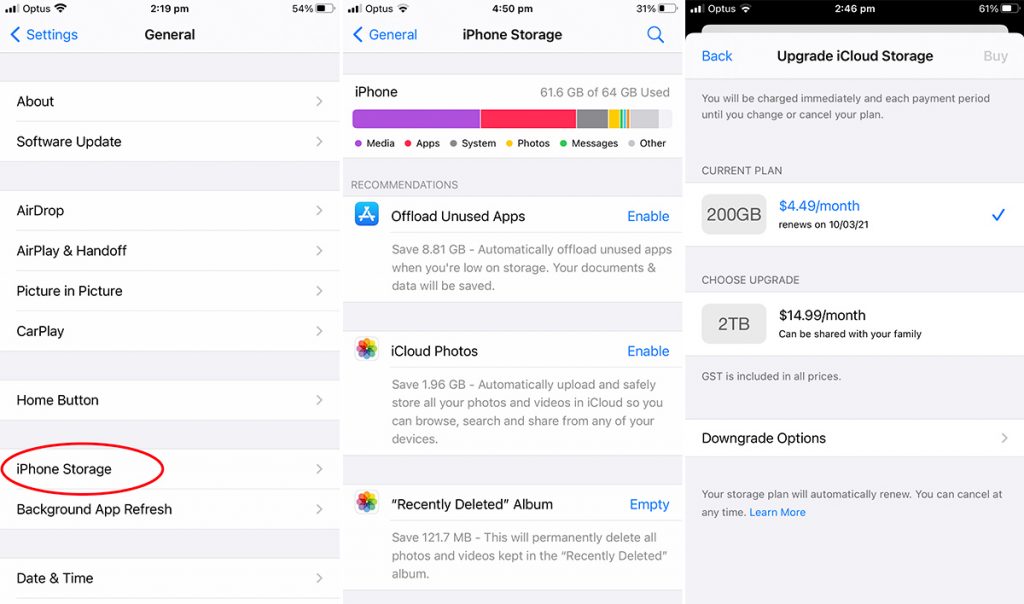
2. Get Apple’s recommendations
Your iPhone is pretty clever when it comes to storage maintenance, so it will have some good advice for you. Go to Settings > General > iPhone Storage. At the top of the screen you’ll see a bar graph showing how much storage is being taken up by media, apps, system, photos, messages and more. Below that you’ll see the list of recommendations. These are based on your own content and settings, so will be a little different for each user. The ones below are those we received.
Offload Unused Apps
While we suggested doing this manually in Tip 1 (above), if you enable this recommendation then Apple will automatically offload your unused apps. “Offloading” means the app will be removed from your iPhone but all its documents and data will be kept safe. Everything will be restored if you reinstall the app. It’s worth noting that Apple doesn’t say how it classifies an app as “unused”. A month? Two months? We have no idea.
See Tip 1 for details on how you can reinstall any apps which are removed.
iCloud Photos
Enabling this recommendation automatically uploads your photos and videos to your iCloud account, then deletes them from your phone, leaving low-resolution versions that you can browse and show to your friends. Each pic can be downloaded back on to your iPhone at any time. This is good for many users, but one problem could be increased data use or network problems when you’re in the country, and another is the amount of iCloud storage you have. When you sign up for iCloud you get 5GB of storage, which may or may not be enough for your needs. In Australia you can upgrade to 50GB for $1.49 a month, 200GB for $4.49 and 2TB for $14.99.
Recently Deleted Album
When you delete photos and videos in the Photos app, they’re not deleted immediately, but kept in limbo for 30 days so you have the chance to restore them if you change your mind. (See Tip 4, below.)
Review Large Attachments
You get a message in the Messages app with an attachment, you look at it, and you move on. Unfortunately, if you don’t delete the message that media just stays there, taking up space. This option lets you go through those attachments, see how much space they’re taking up and decide to keep or delete them. To get rid of them, you tap “Edit” at the top right, select the attachments you’d like to delete by tapping on them, then tapping on the bin/trash icon at the top right.
Review Personal Videos
This brings up a list of your videos, showing their sizes and allowing you to play them so you can decide to keep them or not. To delete them, click “Edit” at the top right, tap on each video you’d like to get rid of, then tap the red “Delete” at the top right.
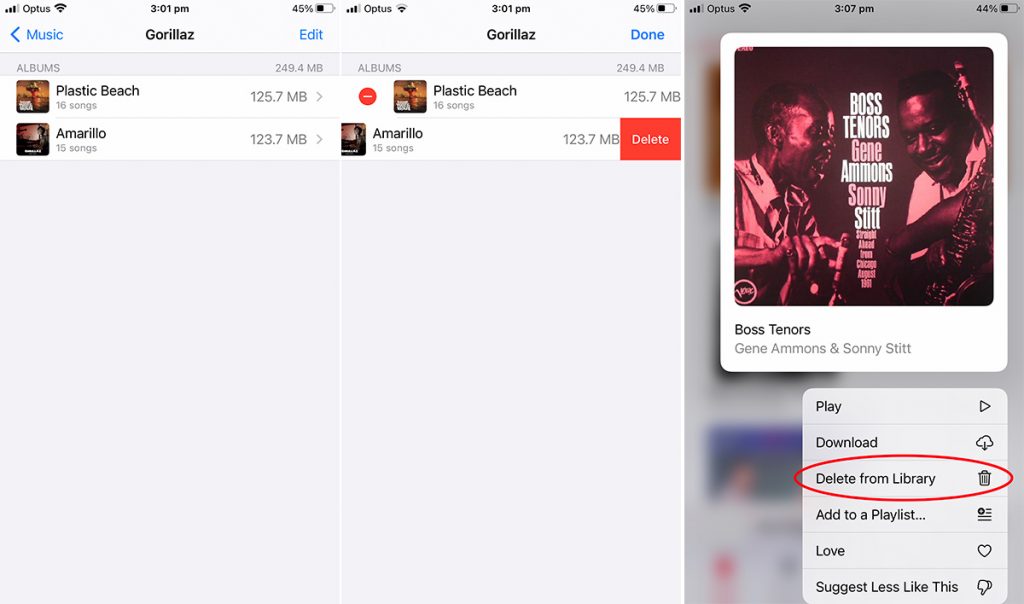
3. Manage your music
If you store music on your phone, there’s every chance your tastes have changed since you bought or uploaded it – or perhaps you’ve moved on to a streaming service like Spotify. Either way, you can probably free some valuable space on your iPhone by having an audit of what’s on your Music app and getting rid of the tunes you can live without. Like everything with Apple, there are a few ways you can do this:
Delete music using Settings
The first way is to go to Settings > General > iPhone Storage and scroll down until you see the Music app. Tap on it and scroll down again until you see the artist list.
Under each artist name, in grey you’ll see the name of the album or albums of theirs which you have loaded on your phone. If you want to delete all of albums by an artist, tap on the blue “Edit” on the right above the All Songs bar. Tap on the red circle icon to the left of the artist’s name, then on the red Delete button on the right.
On the other hand, if you only want to delete one of the albums, tapping on the artist’s name will bring up an album list. Then just follow the method above.
Delete music using the Music app
The second way to get rid of unwanted music is to do it through the Music app itself. This method allows you to browse by artist, album, song or genre, and lets you delete whole albums or individual songs.
When you get to the album or song you want to remove from your phone, tap and hold on the artwork to bring up a menu. Tap Delete from Library and, when asked if you’re sure you want to go ahead, tap Delete Album/Song.
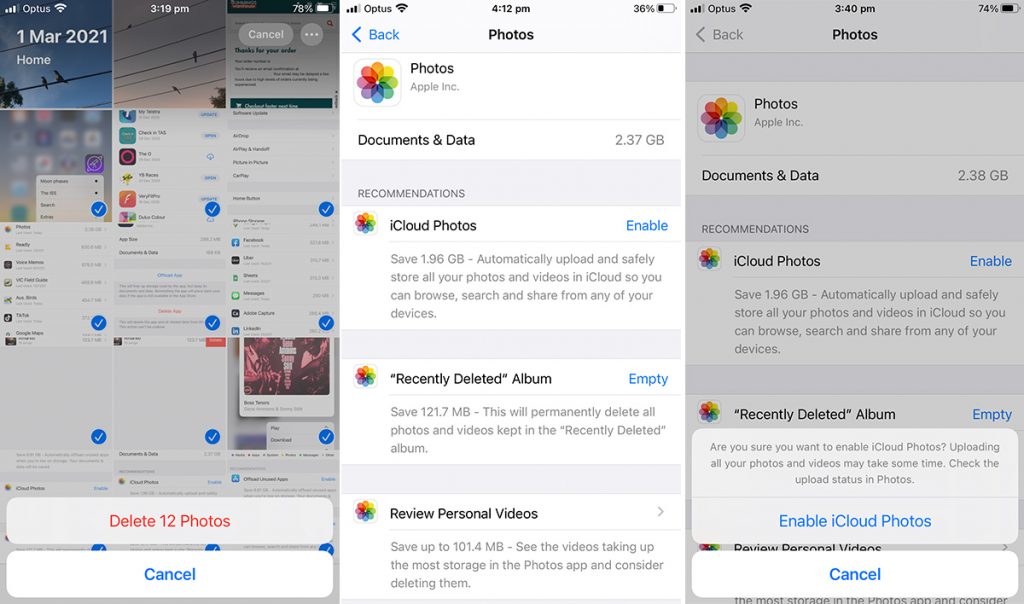
4. Manage your photos
Many of us are a bit lazy when it comes to photos and videos on our phones – you take a few photos of the same thing, choose the best one to send to someone or put on social media … and leave the others to take up valuable space. Or you take a pic of some K-mart homewares to send to your Significant Other for approval then forget all about it.
So, the first step is to delete all the dross from your Photos app. In the Library tab, tap the Select button at the top right of the screen then just tap on each photo or video you want to delete. Once you’ve chosen them all, tap on the rubbish/trash bin icon at the bottom right of the screen, then on “Delete 195 photos/videos/items”.
Then, head to the iPhone Storage page (Settings > General > iPhone Storage) for a bit of help from Apple. Tap on the Photos app and you’ll see a few recommendations. As with Apple’s general recommendations (see Tip 2, above), these are based on your content and settings, so will be a little different for each user.
If you don’t have it enabled, one of these will be to enable iCloud Photos. See Tip 2, above, for more details.
The second recommendation we got was to empty the Recently Deleted Album. When you delete photos and videos, they’re stored in your Recently Deleted album for 30 days, then purged. If you’ve gone through and deleted all your unwanted photos and videos (as above), you won’t actually recover all that space immediately. So, this is a really important step.
Then the third of our recommendations was Review Personal Videos. Again, see Tip 2, above.
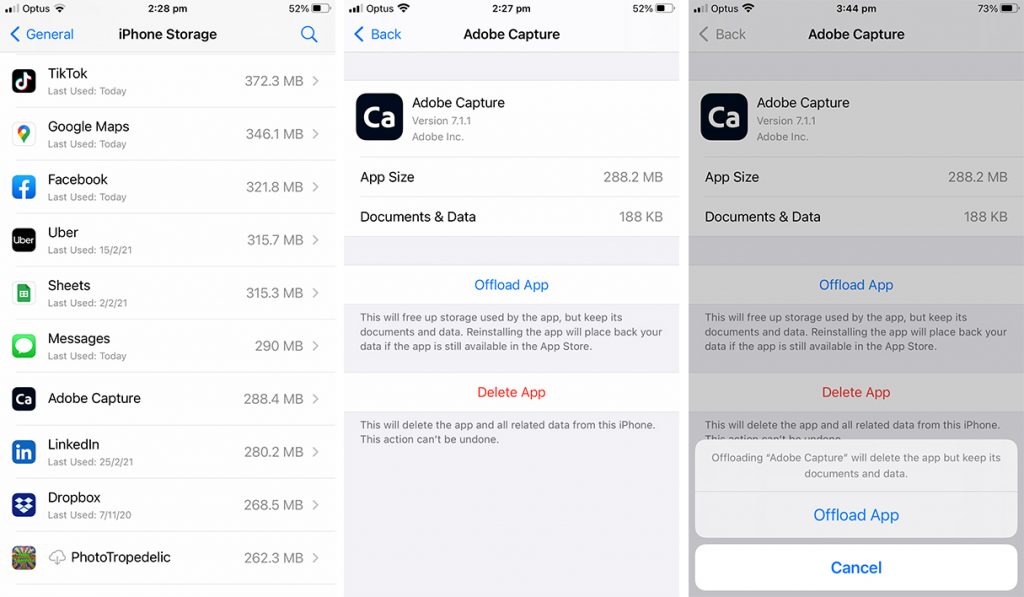
5. Get rid of apps which take up a lot of room
You can easily find out which of your apps are hogging most of the space on your iPhone and get rid of them so you can do the operating system update. Then just reinstall them afterwards – if there’s still room.
Go to Settings > General > iPhone Storage and scroll down until you see the top of the list of installed apps. Under the app name you’ll see a date showing the last time you used it – this should help you see which apps you never use and which you’ll miss the least (see Tip 1 above). More importantly, to the right of the app name you’ll see how much storage space it’s taking up. Music and Photos will more than likely be the biggest space hogs (see tips 3 and 4 above), so check out what’s below them.
Tapping on the app will bring up a page with two option: Offload App and Delete App.
Offload App will remove the app from your iPhone but keep all its documents and data. When you reinstall the app, everything will go back to just how it was.
Delete App, on the other hand, will do just that – delete the app and all its data. If you decide to reinstall the app, you’re back to square one.

